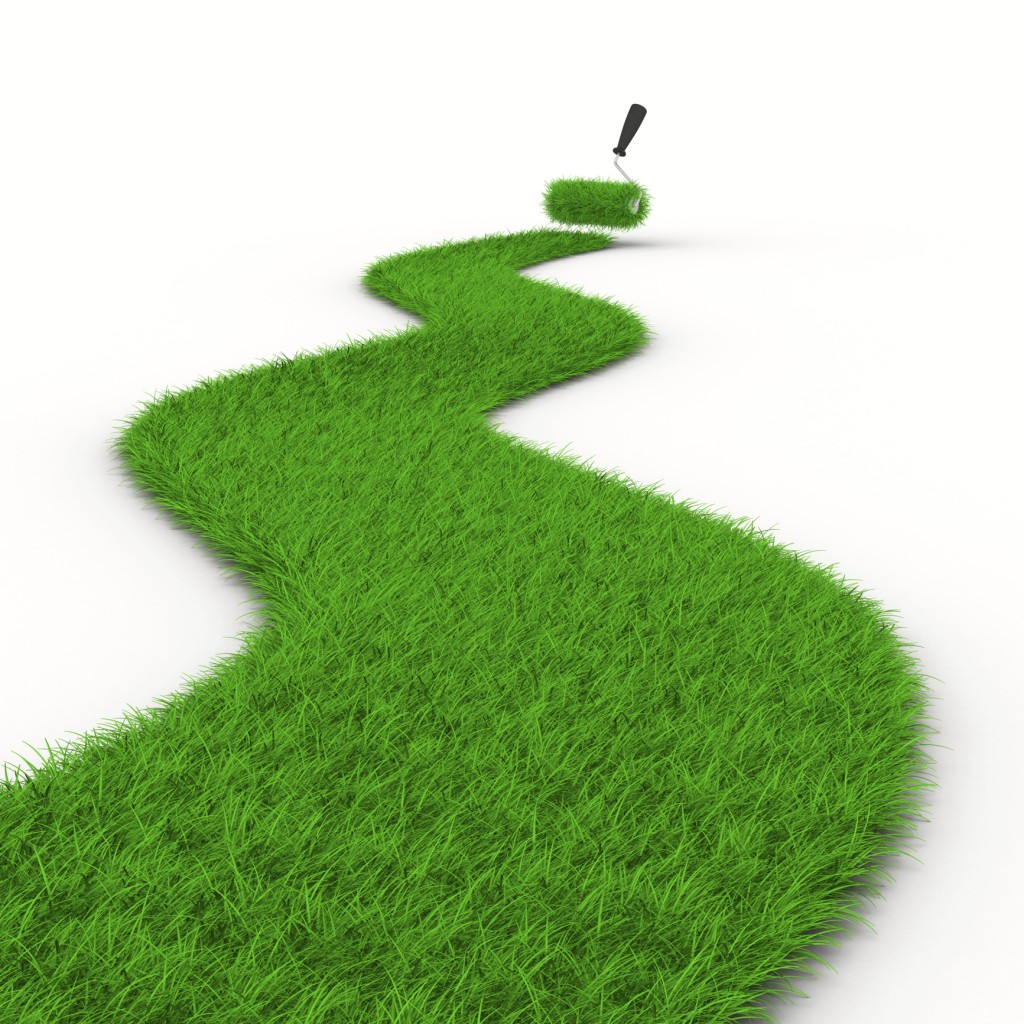
Greener Yard
We all know that we, as a human race, are not perfect and that we’re slowly but surely doing almost everything possible to destroy our planet. However, that can change, and that change can start with you! Think globally – act locally. That’s exactly what you should do. Don’t ignore opportunities to make some simple improvements to your backyard, and to improve our planet.
Your yard might be green, but that doesn’t mean that it cannot be an even greener yard. That’s right; your backyard might become an important part of the lungs of Earth. If we all start thinking about what we can do in our own backyards, we can make a difference.
It doesn’t matter whether you’re starting from scratch or if you’re just revamping your old garden. What is important is that you make choices that are sustainable.
So, do you want to find out how to make an eco-friendly yard? Then read below.
Use native plants
Species from foreign lands look cool in our backyards, but the truth is that they’re probably doing more harm than good. Native plants are in sync with the local climate, soil, insects, and even animals.
Plants, insects, and animals evolved together, and they depend on each other for survival. By landscaping with native plants, you’ll have a greener yard, and you won’t have to think about your plants every day.
Bonus tip: If you don’t have a green thumb, buy nursery-grown native plants, put them in your backyard and let them blossom.
Make your own compost
Your vegetable waste, garden clippings, old paper, and dry leaves don’t have to be thrown out anymore! Instead of allowing this “gardener’s gold” to rot on the landfill, use it to your advantage. Instead of wasting money on store-bought compost make your own!
This homemade compost will stimulate root development, and it will also improve soil texture and water retention. Of course, making this compost will also save you money, and that’s never a bad thing, is it?
Remove dead plants
Dead plants look ugly, but they also prevent young plants from developing. Instead of letting them rot, remove them and throw them into your compost mix.
While dead plants are easy to remove, dead or old trees are not, and barring some leaves, you can’t really use them for compost or anything else for that matter. Well, unless you’re planning on making a cabin in your backyard.
If you need to remove a tree from your garden, don’t try to do it yourself. Some companies offer professional tree removal services, and they exist for a reason. Save yourself from a world of hurt and call them.
Bonus tip: Don’t forget to plant something right there where the tree was. That soil is rich, and it’s ideal for veggies!
Harvest rainwater
Harvesting something from the sky sounds great, right? And it’s even simple. You don’t have to do anything. Put a rain barrel in your garden and capture mineral-rich and chlorine-free water. By doing this you’ll lower your water bill, give your plants exactly what they need, and even prevent erosion and flooding in your yard. In order to prevent insects and leaves falling into the barrel put a window mesh net on top of it.
Water responsibly
While we’re on the subject of water, you should know that too much water can actually do more harm than good. On those hot, dry summer days feel free to sprinkle more water on your plants, but in other cases avoid that.
Bonus tip: Water your plants in the morning to avoid quick evaporation.
Minimize the input of resources and the output of waste in your garden (and your home), and in a short period of time, you’ll have a garden that’s greener than any jungle you’ve ever seen. Conserve materials, preserve your plants, and value the soil.
